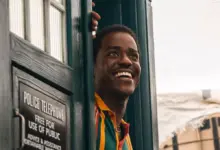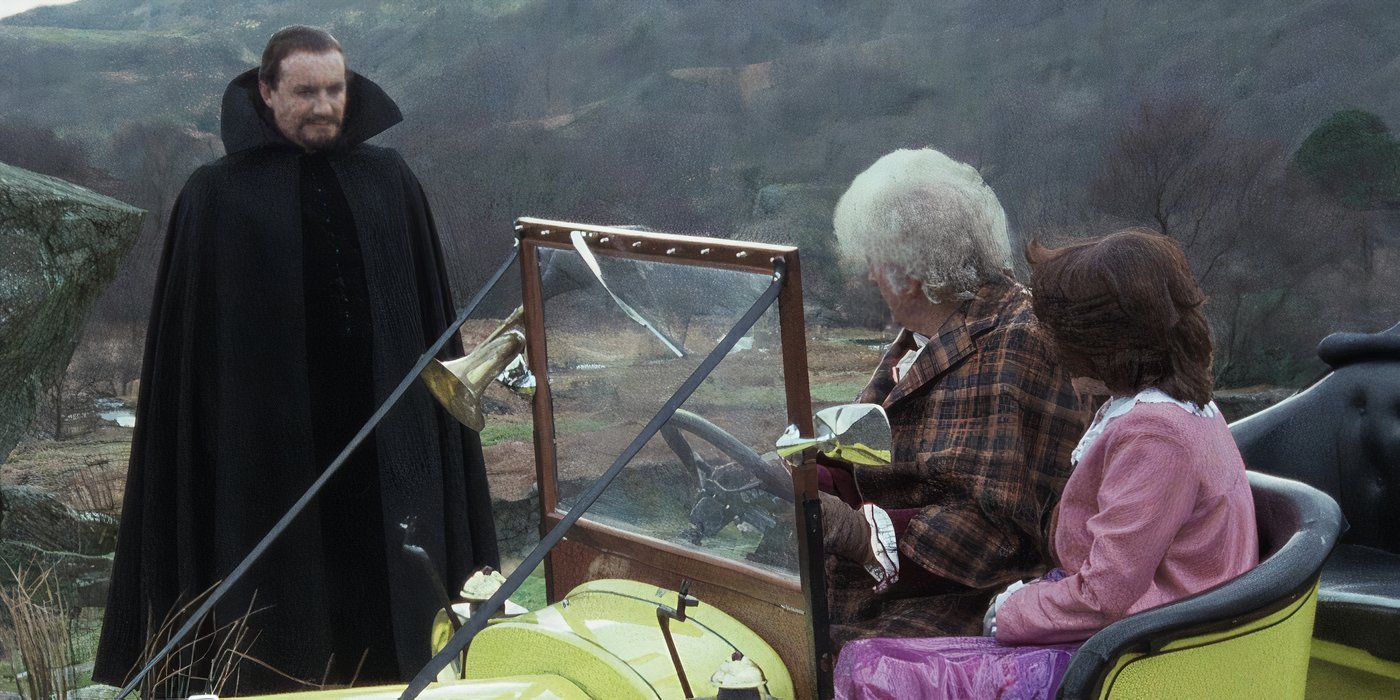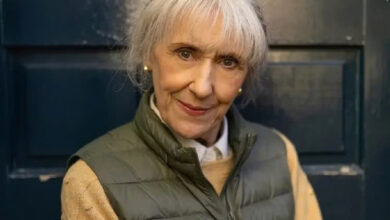Matt Smith’s Doctor Who Regeneration Paid Off A Forgotten Third Doctor Scene After 30 Years
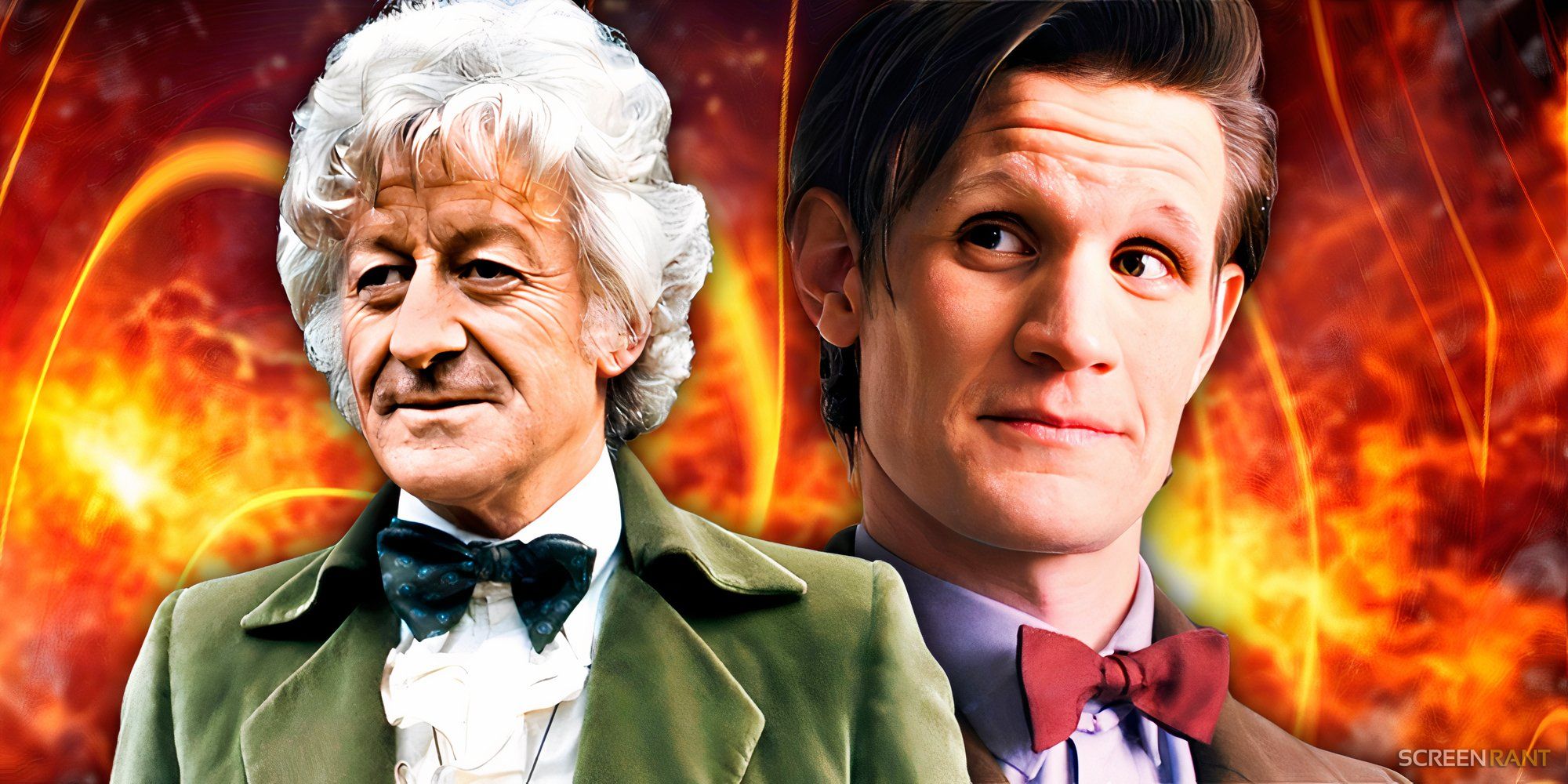
Matt Smith’s regeneration contained a huge Doctor Who Easter egg that connected the franchise’s past and present in witty and poignant fashion. When Matt Smith departed the TARDIS at the end of 2013, he tied off various unresolved plot threads before he went, as Doctor Who revealed that the cracks in time, the Silence, Trenzalore, and other long-running mysteries had all been connected to the pending return of Gallifrey after the Time War. Eleven died trying to prevent a repeat of that conflict, and the Time Lords granted the Doctor a new regeneration cycle as a reward.
When Doctor Who returned in 2005, Gallifrey was thought destroyed as a consequence of the Doctor ending the Time War. Doctor Who’s 50th anniversary special, “The Day of the Doctor,” confirmed Gallifrey’s survival, but went no further. Matt Smith’s final episode, “The Time of the Doctor,” subsequently revealed that the Time Lords were patiently waiting behind the cracks in time before resurfacing, and the Doctor was responsible for giving them the signal to cross through. In reconnecting with the Time Lords, however, Doctor Who also found a wonderful way to reference a classic adventure.
The Eleventh Doctor Used The Seal He Got In “The Five Doctors” During His Regeneration Episode
Always Keep A Spare Seal Handy
In order to translate the message being broadcast across universes by Gallifrey, the Doctor utilized Handles, his trusty beheaded Cyberman companion, combined with the Seal of the High Council of Gallifrey. Viewers unfamiliar with Doctor Who’s classic era would likely assume this seal was just one of many random Gallifreyan relics strewn around the TARDIS’ corridors. In truth, the circular treasure actually has an onscreen history from Doctor Who’s past.
“The Five Doctors” aired in 1983 as a celebration of Doctor Who’s 20th anniversary, and while it technically included the titular Time Lord’s first five iterations, Patrick Troughton and Jon Pertwee were the only returning Doctor Who actors. The plot involved the different Doctors, their companions, and the Master being dumped into Gallifrey’s Death Zone. To prove he was being sent as an ally to the Doctor, the Master was given the Seal of the High Council of Gallifrey to signify his allegiance.
Upon encountering the Master and being presented with this proof, the Third Doctor decided his nemesis must have stolen the seal, confiscated the artifact, and promised to return it to the Time Lords. Clearly, that never happened, as when the Eleventh Doctor used the seal to translate the Time Lords’ message in “The Time of the Doctor” 30 years later, he briefly acknowledged, “nicked it off the Master in the Death Zone.”
Why The Doctor Never Returned The Seal To Gallifrey
Did The Doctor Keep It For A Reason?
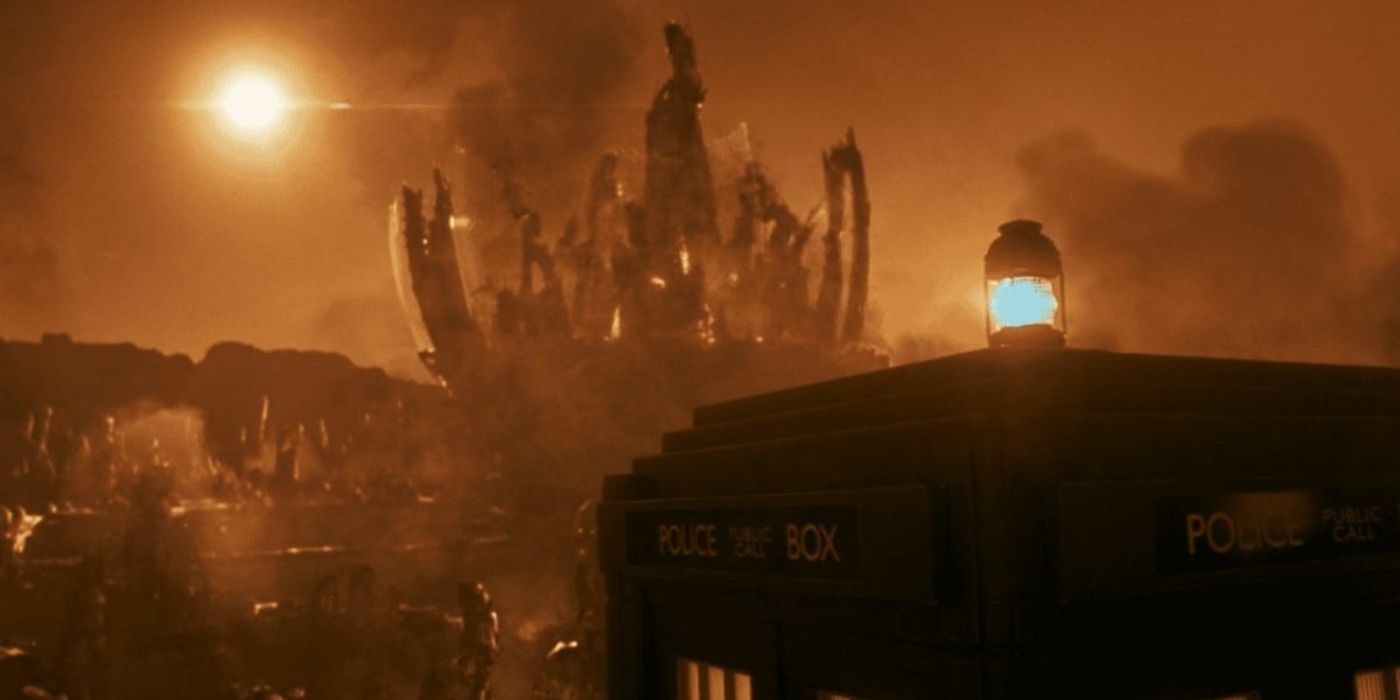
Eleven realized very quickly that the seal could help him translate Gallifrey’s message… almost as if he was waiting for the day he could put it to use.
Usually, however, there is a deeper reason behind the Doctor’s apparent laziness. The Time Lord doesn’t visit Susan because he’s secretly scared. The Doctor doesn’t fix the chameleon circuit because he’s fond of the police box design. It is, therefore, possible that not returning the Seal of the High Council of Gallifrey also had a hidden motivation. Perhaps something inside the Doctor’s mind told him the item would one day prove useful. Eleven realized very quickly that the seal could help him translate Gallifrey’s message in “The Time of the Doctor” – almost as if he was waiting for the day he could put it to use.
Referencing “The Five Doctors” Made Matt Smith’s Regeneration Even Better
A True Past-Meets-Present Moment For Doctor Who


